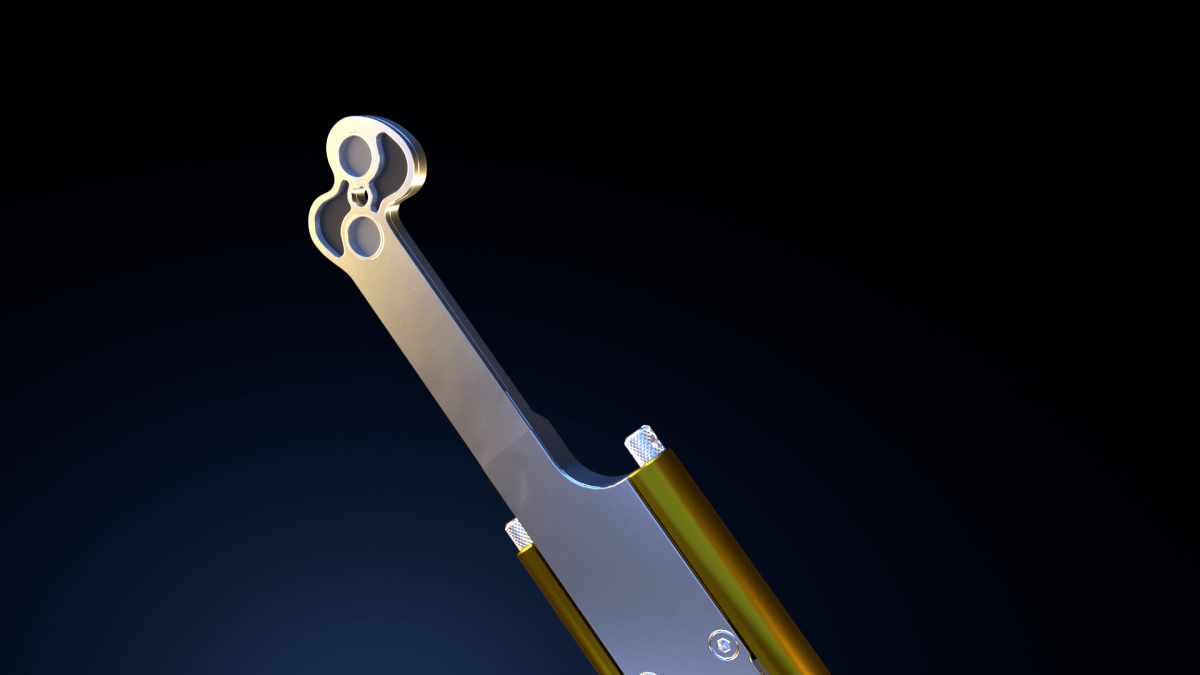✔️ Flexible working distance
The novel operating position for the X-ray sensors means consistent chemical data can be acquired across a wide range of Working Distances (WD).
Oxford Instruments introduces Unity, a new detector for a revolutionary new imaging technique in the Scanning Electron Microscope (SEM). Unity is the world’s first Backscattered Electron and X-ray (BEX) Imaging detector. It seamlessly combines backscattered electron and X-ray signals to deliver rapid high-definition colour images embedded with elemental data as you navigate around your sample.
Based on a revolutionary design, which includes both backscattered electron and X-ray sensors within the same sensor package, Unity is located directly beneath the pole piece and has been engineered to maximise signal collection, ensuring it can be used at normal imaging speed and operating conditions, making imaging elementary.
The high-speed BEX data collection of Unity makes it easier than ever before to image and analyse an entire sample in minutes, changing the way SEM is used.
The Unity detector obtains its speed and power from its unique design, combining two types of sensor within one detector head, located under the microscope pole-piece.
This was recently recognised, as the detector was named one of the top microscopy innovations of 2024 by the Microscopy Today Innovation Awards. Learn more about the award here.

As with traditional imaging detectors, Unity includes backscattered electron (BSE) sensors which provide information about the atomic number variation in the sample. In contrast to typical imaging detectors the X-ray sensors collect characteristic X-ray signals that convey elemental data and allow Unity to rapidly generate a colour image. The signals from both sensor types are then intelligently layered to deliver a meaningful sample image which is easy to interpret.
By delivering these images instantly, much of the uncertainty and guesswork is removed from the sample analysis, allowing microscopists to navigate their sample with confidence and markedly improving the analysis workflow.
As well as operating at low beam currents, the Unity BEX imaging system delivers X-ray coloured electron images across a wide range of operating conditions allowing you to use it in the same way you would a traditional imaging detector:
The novel operating position for the X-ray sensors means consistent chemical data can be acquired across a wide range of Working Distances (WD).
The two Unity X-ray sensors provide data from difficult sample topography such as deep troughs which would normally result in no signal due to shadowing. In addition, the two BSE sensors can be configured to topography mode allowing the resulting images to emphasise sample topography instead of sample atomic variation whenever needed.
The Unity sensor head is designed with a large aperture diameter which allows the microscopist to take full advantage of wide field modes, such as fish-eye, helping deliver whole sample analysis at the macro level as well as high resolution imaging.
Unity is designed to work in variable pressure mode, enabling BEX imaging of non-conductive samples. .
Unlike conventional BSE detectors, Unity BSE sensors are custom shaped to maximize signal collection and Peltier cooled for enhanced sensitivity, resulting in a high performance BSE detector.
Unity builds on the technology and expertise developed over decades of creating best-in-class X-ray detectors. Integrated into our AZtec software platform the Unity detector is supported by our Tru-Q technology, high throughput X4 electronics and AZtec Live Chemical Imaging ensuring the sample imaging is not only instant but truly accurate.
While BSE imaging detectors are normally situated beneath the pole piece, X-ray detection is typically only done with EDS detectors positioned a greater distance from the sample and at a lower angle of elevation. Locating the Unity detector head beneath the pole piece, the X-ray sensors benefit from a very large collection angle delivering high signal at the same modest beam currents and dwell times used for BSE imaging.
Large areas of the sample surface can now be navigated and scanned for features of interest. As you move around, you see full colour images showing the chemical elements that makes up your sample, live. Because this detail is immediately visible, some investigations can be completed in just minutes, while others can swiftly move onto examining further features or to switch seamlessly to another technique such as EDS, WDS or EBSD for more detailed analysis.
The speed of navigation provided by the BEX technique enables Unity to revolutionise the normal microscopy workflow so fundamentally. This is why in tests Unity was shown to boost microscope productivity up to 100 times.
Download BrochureUnity imaging also enables accurate, high-definition chemical mapping of the entire sample. What previously might have taken hours and possibly required an overnight run, can now be achieved in minutes.
The sample map you see below (left) is an entire sample on a 12 mm aluminium stub. Unity acquired this map in 30 minutes. You can use the zoom function, to see the very high level of resolution that was obtained. Using traditional methods, capturing this would have taken around 10 hours, setting up the equipment and delaying the progress of the analysis. With Unity, this can be achieved in the time you can go for coffee. The data can then be made available to process offline, and the microscope freed for the next sample acquisition.
The image below (right) is a seafloor manganese nodule analysed using Unity. The nodule is ~26 x 22 mm. Use the zoom function to really see the high resolution of the whole sample that has been achieved in this map. Individual fields were magnified 374x with a total of 1288 fields making up the map. With Unity’s exceptionally high throughput, this map was acquired in just 3h 26m.
If you have any questions, or would like to speak to an expert or request pricing, we will reply to your enquiry shortly.